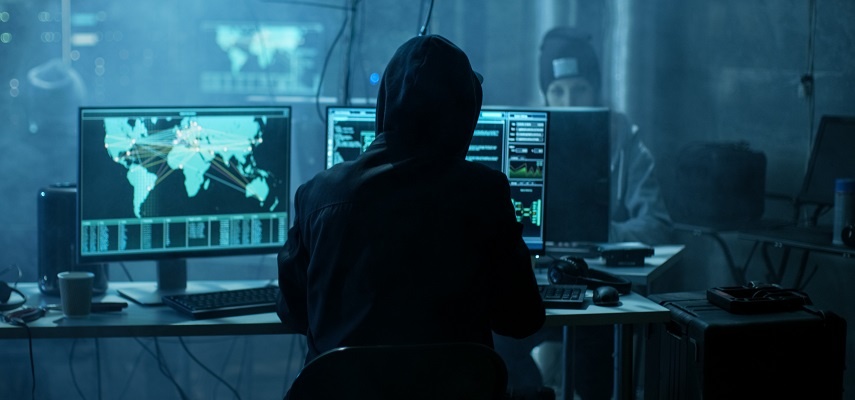Today, the vast majority of companies would not be able to stay open if they did not have access to the internet. Think about what would happen if your company lost access to the internet. Your daily operations would probably stop. Unfortunately, this also means that you are vulnerable to hackers. That means you need to take steps to keep your company safe. What are a few examples of things you need to do if you want to protect your company accordingly? Learn more about some of the biggest threats that a strong CISO security leader needs to know about.

1. Ransomware Attacks
Right now, one of the biggest cybersecurity threats is ransomware. You have probably heard about this already. A ransomware attack takes place when a virus is installed on your network that encrypts all of your files. Once a ransomware attack takes place, someone will contact your company and demand a ransom in exchange for releasing the virus. You may not know what to do next. You might try to remove the virus on your own, but it will take a long time. That will cost your company a lot of money. Then, if you decide to pay the ransom, there is no guarantee that the criminals will release your files. The best way to deal with this type of attack is to take steps to prevent it.
2. Phishing Attacks and Social Engineering
Phishing attacks are another major threat to businesses across all industries. This is also known as a social engineering attack. This attack takes place when someone poses as a government official or member of the company. Then, they will try to convince your employee to surrender his or her login credentials remotely. Once someone has those credentials, they may try to steal your files. Or, they could try to install a ransomware virus. You must train your employees on how to recognize a phishing attack. That way, they do not fall for it.
3. Old-Fashioned Spyware
Old-fashioned malware and spyware are still significant concerns. Sometimes, you may not even realize that spyware has been installed on some of your devices. You have a lot of confidential information that you access every day, and you need to protect it from harm. Therefore, you must make sure that you update your software programs regularly. That way, they can remain vigilant for potential viruses such as malware and spyware. You also need to audit your network from time to time to see if anything is out of the ordinary. If you identify spyware, you need to remove it as quickly as possible.
4. Poor Password Hygiene
Poor password hygiene is also a significant threat to companies today. You need to have a strong password policy in place that can protect your company from harm. For example, you may ask your employees to create passwords that have a certain number of letters, numbers, and symbols in them. Then, you need to force your employees to update their passwords from time to time. You may want to prevent them from reusing a password that they have already used recently. If you institute better password hygiene, you can reduce your chances of being hacked by a criminal.
5. Shadow IT
Today, there are a lot of people who enjoy working remotely. Companies like this because they do not have to purchase as much commercial real estate. They also might not have to provide their employees with as much equipment. Even though it could be a way for you to save money, it also means that you do not have surveillance because your employees are using their own devices. This is called Shadow IT. Your employees might be using devices to do their jobs that do not necessarily have the right level of security. You need to have strong policies in place that allow you to protect your information even if your employees are using personal devices for work.

Protect Your Company From Harm
Clearly, there are a lot of threats that you need to know about in the current environment. You never know when one of these could impact your company, and the best way to deal with them is to take appropriate steps to protect yourself. There are plenty of ways you can guard against these threats. You need to train your employees on how to recognize a phishing attack. You need to make sure that your software programs are updated regularly. You should also invest in a strong VPN and firewall to protect your confidential information. Remember that this is not something you need to face on your own. You may want to reach out to an expert who can help you.
































